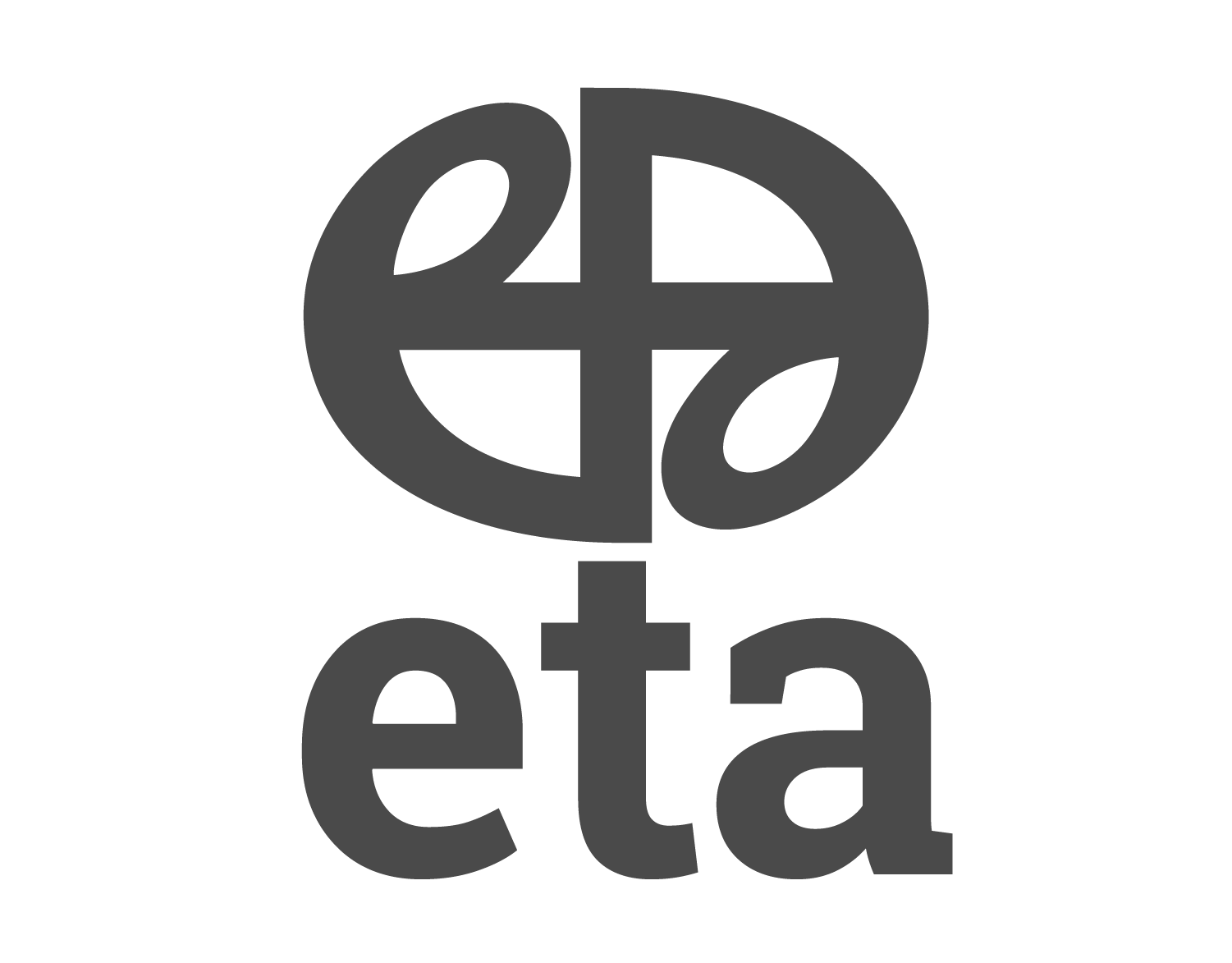Much of lean practice centers around the elimination of waste. What precedes that is some training in the detection of waste, usually categorized under the eight lean wastes, viz., Defects, Overproduction, Waiting, Not utilizing talent, Transportation, Inventory excess, Motion waste, Excess processing (DOWNTIME). Most of this is seeing familiar processes with fresh eyes.
In her book “The Art of Choosing” Sheena Iyengar tells a story that makes for a good example of fresh eyes.
“Every year, I tell my MBA students a near-legendary story about Roberto Goizueta, who was CEO of he Coca-Cola Corporation in the 1980s. When he was first appointed to the position, he discovered at a meeting with the senior vice presidents that the company management was celebrating: They owned 45 percent of the soft drink market! They seemed quite pleased with themselves and had set a goal of increasing shareholder value by aobut 5 to 10 percent in the next few years. Goizueta thought they were playing it too safe, so he decided to challenge their notion of growth. He asked them, “How much liquid does any given individual consume in a day?” Then he said, “How many people are their in the world?” Finally, the most important question: “What percentage of the entire liquid market–not soft drink market–do we have?” That number turned out to be a measly 2 percent.
By reframing the issue, Goizueta encouraged his colleagues to broaded their vision and think more creatively. They had been content with their modest view of the market and with the place Coca-Cola occupied within it; Goizueta showed them that the company’s current position was less secure than they believed, but the good news was that there were many more shares to be won. This led to a dramatic shift in the company’s mission, the results of where were awe-inspiring: In 1989, the total vlaue of Coca-Cola stock was $4.3 billion; by the time of Goizueta’s death in 1997, it had burgeoned to over $152 billion.”
–page 121-122
